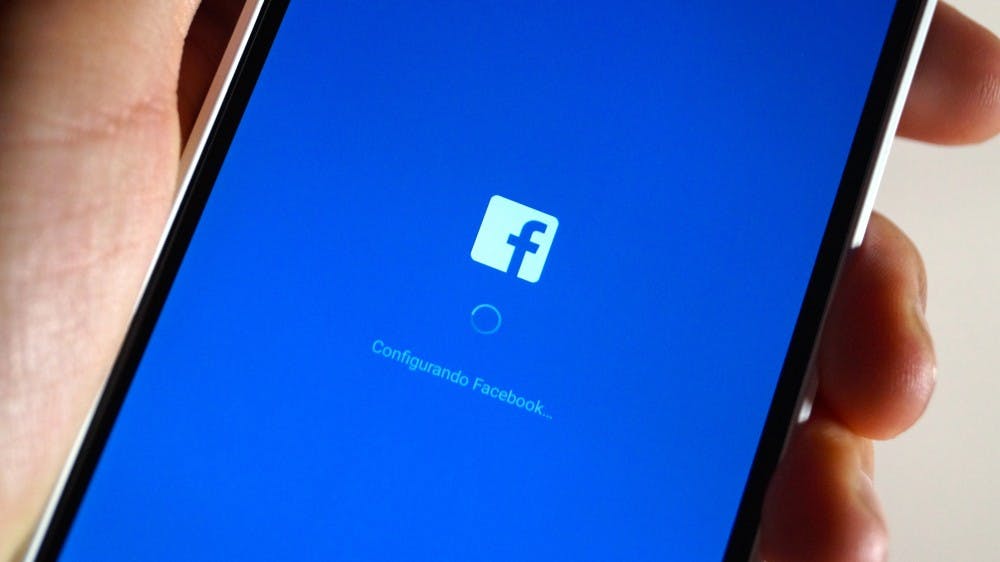It feels like every week, some new feature or function pops up on your Instagram feed or Snapchat gets rid of a filter. Updates happen quickly and frequently on social media services, and it’s becoming harder and harder to keep up. Here’s a quick review of all the changes that were made or announced recently:
1. You can now search up Snapchat stories by content
By using the search bar on the home page of the app, you can find stories related to a particular topic which have been added to Our Story. This update went live in certain cities on March 31.
Why?
Let’s say you want to see videos from Fling, a concert, game or some other event, or you just want to watch cute animals. This feature makes it a lot easier to do so. It also makes it easier to sort through the plethora of Snaps posted to Our Story.
Why not?
Because how often do you want to search for a particular type of story? Most people use Snapchat for keeping up to date on friends and celebrities, in which case you want to see everything they post, not just particular stories. In addition, you can only search snaps which have been posted to our Our Story, which means it’s only useful if Our Story has what you’re looking for.
2. Twitter’s new replies means tagging people won’t cost you characters
Twitter has changed its replies so that users’ handles won’t appear in the actual text of the tweet, but above it as metadata. This means that their handles won’t count as part of the allocated 140 character limit for tweets. In addition, now users can tag up to 50 people in their replies.
Why?
This is part of Twitter’s initiative to help you make the most of your 140 characters and is supposed to make reply threads easier to follow.
Why not?
This makes removing people, including yourself, from reply tags a lot harder. In addition, counting the usernames in the tweet discouraged users from tagging more people than they needed to. Now, you can tag up to 50 people with no consequences. That makes it easier to get people unnecessarily involved in conversations, or get dragged into conversations yourself.
Also, 50 people? When will you ever need to tag 50 people?
3. Facebook adds stories
Following its other apps Instagram, Facebook Messenger and WhatsApp, Facebook has added stories to its mobile app. The Snapchat–like stories will now appear above the News Feed. This update came with a new in–app camera and Direct, a private messaging function. According to The Verge, this is the biggest recent update to Facebook.
Why?
This gives users more options for what they post, how they post and where to post it.
Facebook can’t stand the competition from Snapchat. If you can’t buy ‘em, join ‘em.
Why not?
We have a zillion other apps for posting stories, including the original app, Snapchat. Facebook’s stories come on the heels of Instagram stories, which are overwhelming, unnecessary and blatantly copying Snapchat, making people unlikely to view or post their stories to Facebook.
4. Twitter gets rid of the egg
Twitter has changed the default profile picture from the egg with one of seven different background colors to a gray silhouette of a person.
Why?
The change to a blander image is Twitter's attempt to incentivize people to upload a profile picture.
In addition, the egg icon had become associated with abuse and harassment.
Why not?
Changing the default photo doesn’t actually address any of the issues related to abuse or harassment. And it doesn’t do anything to stop, prevent or reduce that kind of behavior, or prevent the new image from becoming associated with that type of behavior.
5. Facebook Messenger allows you to share your location live with friends
Live Location allows individual friends or groups to track your location for up to an hour, although you can stop sharing your location before the hour is up. Messenger also provides you with estimates of how far you are from your friends by car.
Why?
This makes it easier to find and meet up with friends, on or off–campus. It also makes it easier to keep track of or keep an eye on friends or family when you’re concerned about their safety.
Why not?
While you can stop sharing your location at any point, it can cause safety issues if you don’t want that specific person to know where you are at any given time in the hour. It makes information sensitive to personal security too readily available.

